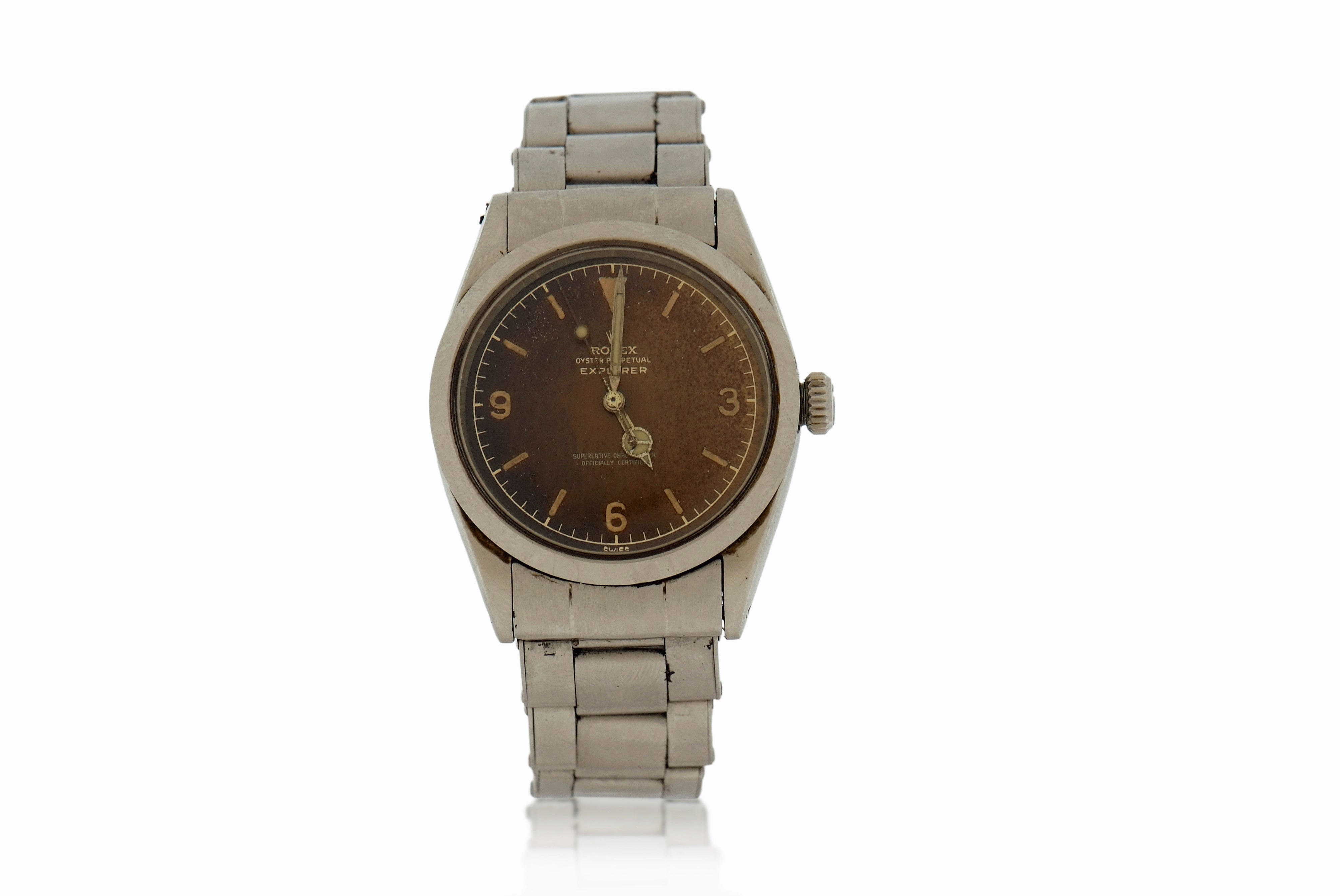

01/11/2024 General News
It is not an exaggeration to say that the 1960s was a decade which changed the world, writes Sam Hicks.
After the privations of the immediate post-war period, the 60s brought peace and prosperity, a growing affluence (especially among the middle classes) and something of a technological revolution. No wonder we still remember the decade as one of renewal and excitement.
The 1960s are now as far removed in time from the present day as Victorian times were from those living in that decade – a sobering thought. So it is certainly valid to call items from that era antiques – what we might term modern antiques.
In the world of wristwatches, the 1960s was a huge period of transition. The combination of increased wealth and advancing technology meant that the type of wristwatch which were being sold was almost completely renewed. Out went the small, hand-wound watches which had been the norm for 50 years, and in came larger, automatic watches with new technical features.
Automatic winding was a game-changer for the watch industry. Although it had been around since the 1930s, it wasn’t really until the 60s that it became mainstream – and something which everybody wanted.
This was a decade during which travel really opened up to most people, and the watch manufacturers linked their premium products to this new ‘jet-set’ desire. Suddenly your wristwatch was something glamorous and aspirational.
Watches of this period tend to be more understated than the ‘bling’ which became more mainstream in the 1970s. They were made of base rather than precious metals (the gold watch really peaked in the decades which followed). But despite that, it was in the 1960s that watches started to look more modern, and it is examples from this decade which are the first which don’t look dated even today.
As a result, top-end quality watches from the 1960s are hugely in demand in the saleroom. At Keys’ Summer Fine Sale we sold a 1960s stainless steel Rolex Explorer for £12,000. The watch cost around £190 when it was new (around £3,700 in today’s money); a broadly equivalent model today costs around £6,000 new.
The value is partly because such watches were sold in smaller numbers in the 1960s, making them rare today. But collectors also love the history and the authenticity, the fact that such examples still look modern even 60 years later, and the fact that understated elegance will always be attractive.